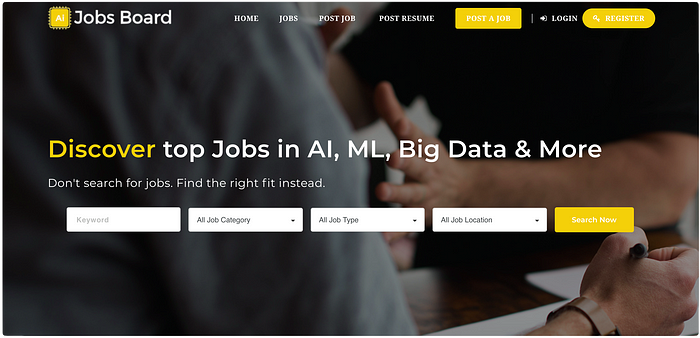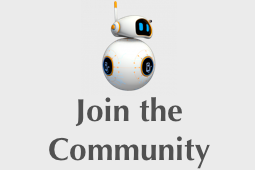AI AND UNIVERSE
The AI behind getting the first-ever picture of a ‘black hole’
A black hole is a massively condensed object at the center of our universe whose gravitation does not let even light escape from it

This year’s Nobel prize in physics has been awarded to Sir Roger Penrose (1/2), Reinhard Genzel (1/4), and Andrea Ghez (1/4) for their research on Blackhole. Even last year it was in astronomy and cosmology. These are exciting times for astronomy since the last one before that was in 2006.
There is a common trait in astronomy and AI. The work started sometime in the 20th century and was not proved then due to the limitation of the technology. And now when the technologies are developed, we are able to provide pieces of evidence.

The noble prize was awarded last week and that I why I thought it is worth dedicating some time to their work. The winners used the general theory of relativity which talks about how gravity behaves in our universe and how space and time are bent and changed in the space.

Sir Roger Penrose used it to explain and prove the existence of a black hole. The gravity is so strong at the center of the black hole that everything including light particles condenses and forms a massive object, the concept being called the singularity. Penrose proved its existence mathematically back in 1969. But the Nobel prize committee likes the theory observationally or experimentally confirmed before awarding the prize. This is similar to when Einstein provided the theory of gravitational waves in the 1960s but the award was provided in 2017 for the ‘detection’ of gravitational waves. The incredible first-ever image of a supermassive black hole at the center of the M87 galaxy is what I think triggered the Nobel prize committee to think about consideration about the prize at the end of 2019.
Trending AI Articles:
1. Fundamentals of AI, ML and Deep Learning for Product Managers
2. The Unfortunate Power of Deep Learning
3. Graph Neural Network for 3D Object Detection in a Point Cloud
4. Know the biggest Notable difference between AI vs. Machine Learning

This image was created by a combined effort of multiple research centers and a huge array of radio telescope to see something so far away. But the question is why it was not awarded then and why to three people only? It is one of the traditional rules by which a Nobel prize can only be shared by 3 people max. This might not sound right in today’s world when the discoveries are so collaborative. Moreover, it was not just the image that proved the existence but the work of the other two Nobel laureates, which helped in proving the existence.
Where does AI come into the picture here?
It seems that the image which we got after so much of collaboration can only tell us so much due to its blurriness and size. It was created by a combination of 8 telescopes across the globe. As the earth rotated they helped fill in the image parts and built this. You can imagine it as something like in the below illustration in the center.

The computer vision AI algorithm was fed with lots of galactic and other images to make it learn how things look in the universe. This data combined with the data collected by the 8 telescopes helped us built the first-ever image of a black hole.
Now you will say how we can train the algorithm if we have never seen a black image! Will the algorithm not start giving us images of what we expect it to give? That’s right and that is why the team at MIT along with Katie Bouman took a different approach. They trained the algorithm on three different sets of data. First with some expected kind of sizes of a black hole, second with some other galactic images, and third with general images of cats, dogs, trees, selfies, house, buildings, and people. It came to their surprise that once the data from telescopes were fed to all the three trained algorithms. They all created almost similar images in all three cases as you can see in the below picture.


This re-affirmed their assumptions and gave us the first-ever image of a black hole. It is not far when there will a direct image of the black hole taken from somewhere in space where there is less galactic dust and fewer chances of light diffraction while traveling millions of light-years till it reaches the light collectors (telescopes). I am pretty optimistic that we will soon be able to take the picture of this black hole and determine its size, composition, and physics around it.



